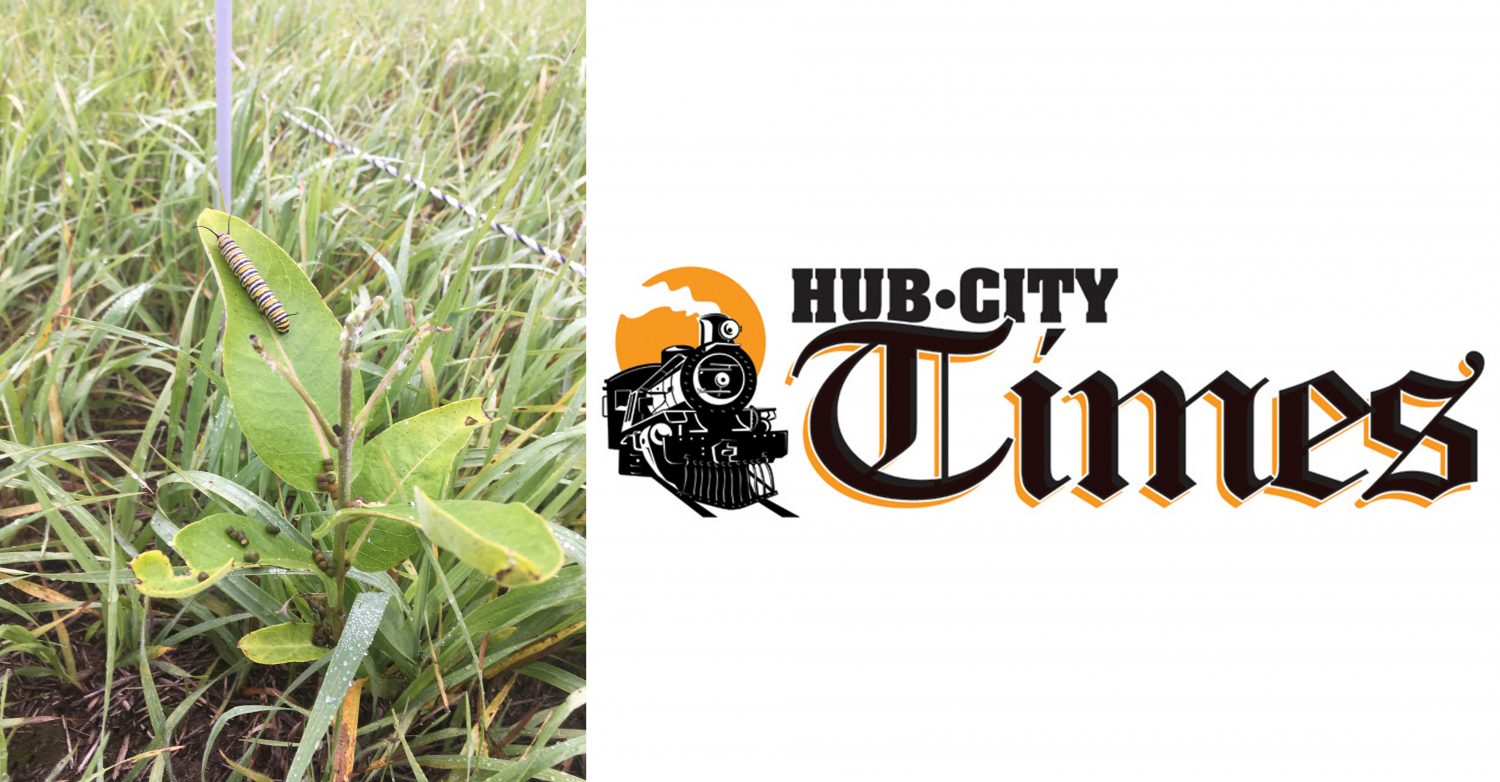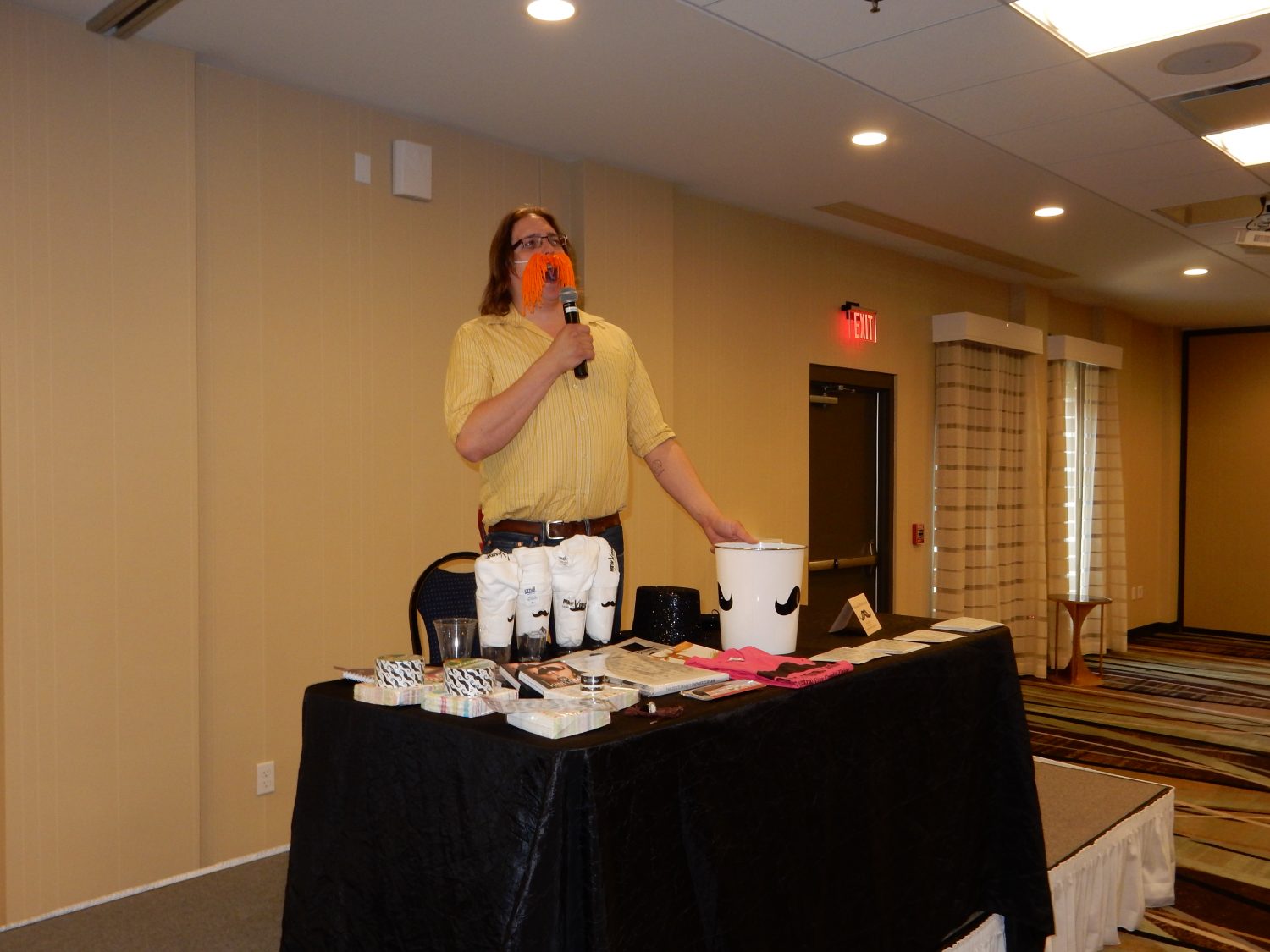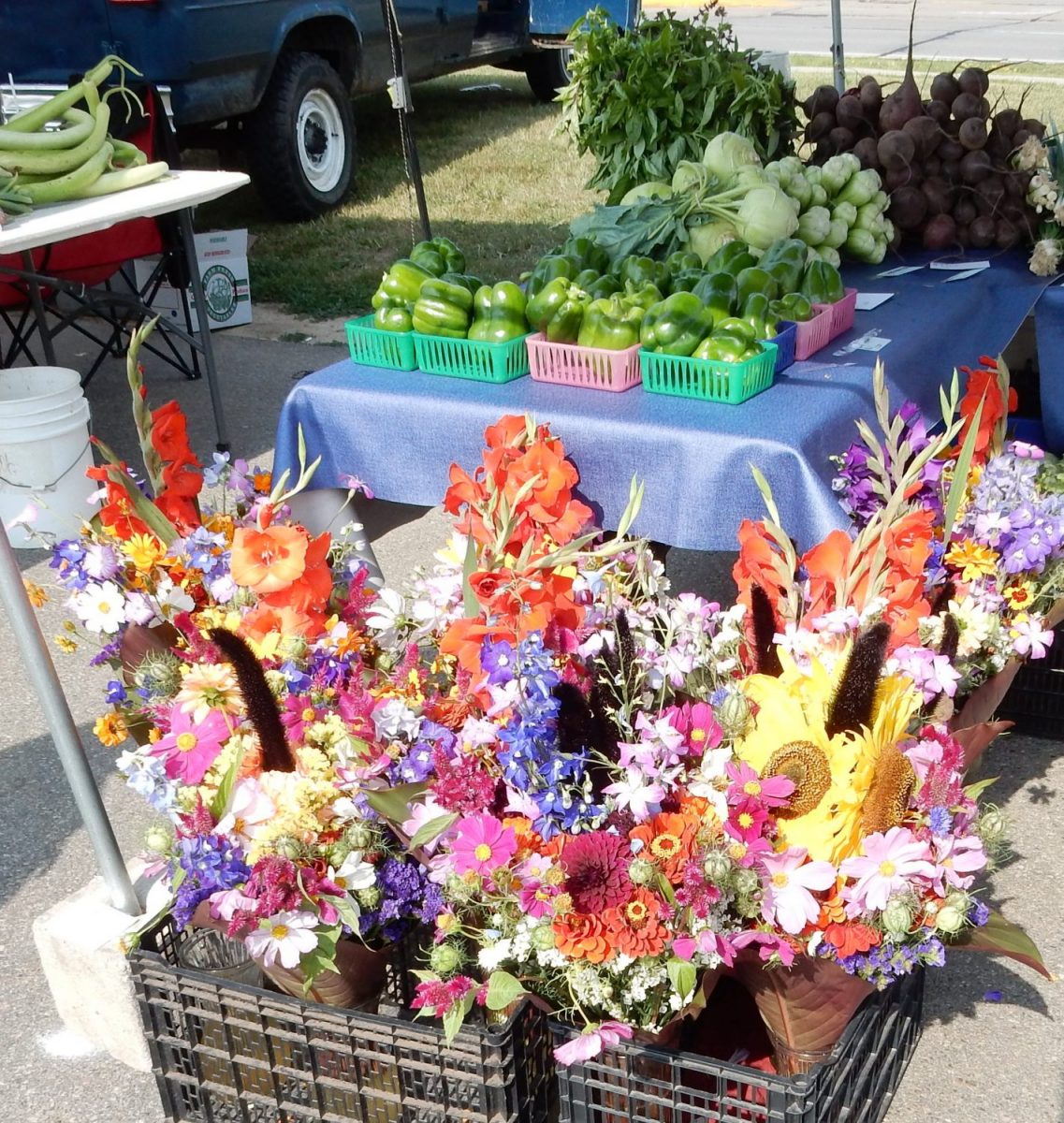Busy bees at Bear Creek

By Ben Gruber
Columnist
Last week I did not get to submit a column by the deadline. It was on my mind, but I was just too busy to get to it anytime Sunday afternoon. I keep telling myself I need to go back to writing it during the week, but when I talk to myself, no one ever listens. I was actually in a tractor until about 2 a.m. on deadline night, breaking ground getting ready to plant. The funny part is we do not plant any crops at our farm.
I knew I was not in it, but it made my heart happy to see some fine journalism on display, delivered to my mailbox, right here in our local paper. Editor Kris Leonhardt did a fantastic job in her article “The butterfly effect.” So if you missed it, be sure to check it out.
Now to some journalism myself and tie this random, rambling column together. I did not submit a column last week because I was up all night plowing ground to plant pollinator habitat. This week I wanted to build a little bit off of the information that Kris presented by sharing what I am doing in hopes of inspiring others to join in.
Thanks to the Natural Resource Conservation Service (NRCS), I was able to acquire Environmental Quality Incentive Program cost-share dollars to install these conservation and pollinator friendly habitats on our farm. Without these programs in place, I would not have had either the financial means or the expertise to successfully implement these conservation practices.
I would be remiss without thanking the folks at the NRCS office for all of their hard work, passion for conservation, patience, and technical know-how. Roy Diver, NRCS district conservationist; Russ Biebl, NRCS soil conservation technician; and Becky Davis, farm bill biologist, are the ones who really made this come together. If they managed to guide me through the process, they can get you through it too.
What does all of this actually mean? Four acres of our land will be soon planted to a pollinator-specific habitat. This field will be a mix of flowers, all native species, which will bloom throughout the season. Being native species, both bees and butterflies will be well adapted to them. Another 11 acres will be planted to a more prairie-type habitat. The prairie will have native grasses and some flowers and forbs.
Both habitats provide significant benefits besides being pollinator friendly as well. Native species have a very well-developed root system, which allows them to significantly reduce soil erosion. Judging by the sediment that washes into my creek every rainstorm, that is a huge plus. Woodland creatures of all types will enjoy not only the year-round nutrition provided but also the cover as well.
The pollinator habitat itself is a pretty expensive practice to install, mostly because the seed is very expensive. It is well suited to small areas or strips for many farmers, and it could be a great thing to do on some marginal ground or edges or that odd-shaped corner of your field that is hard to farm.
Remember how hard those pollinators are working for you, and help them out a bit. Stop in and talk with the good folks at your local NRCS office. Tell them I sent you and that you want to help out the pollinators. More information can be found at ncrs.usda.gov.
I also want to point out Becky Davis’ position as the farm bill biologist for our area is unique in that it is funded in part by Pheasants Forever/Quail Forever, a conservation group made up predominately of bird hunters — yet another way that hunters are shouldering the conservation load.
I am going to continue this topic next week with some ways for urban and suburban dwellers to improve their yards for pollinators and other conservation ideas for in town and smaller lots.
Ben Gruber can be reached at [email protected].
Leave a reply
You must be logged in to post a comment.






